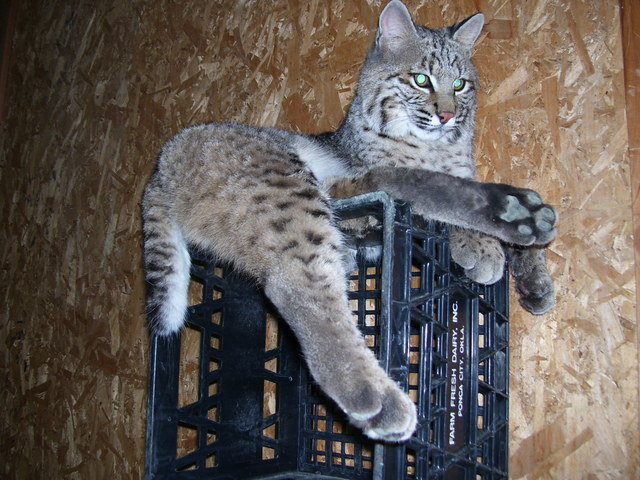- Joined
- Feb 6, 2017
- Messages
- 8,674
- Purraise
- 34,615
Quote:
.
https://www.jerkersearcher.com/sffaudio_pdfs/AskAFoolishQuestionByRobertSheckley.pdfYou are asking the wrong question.
.








